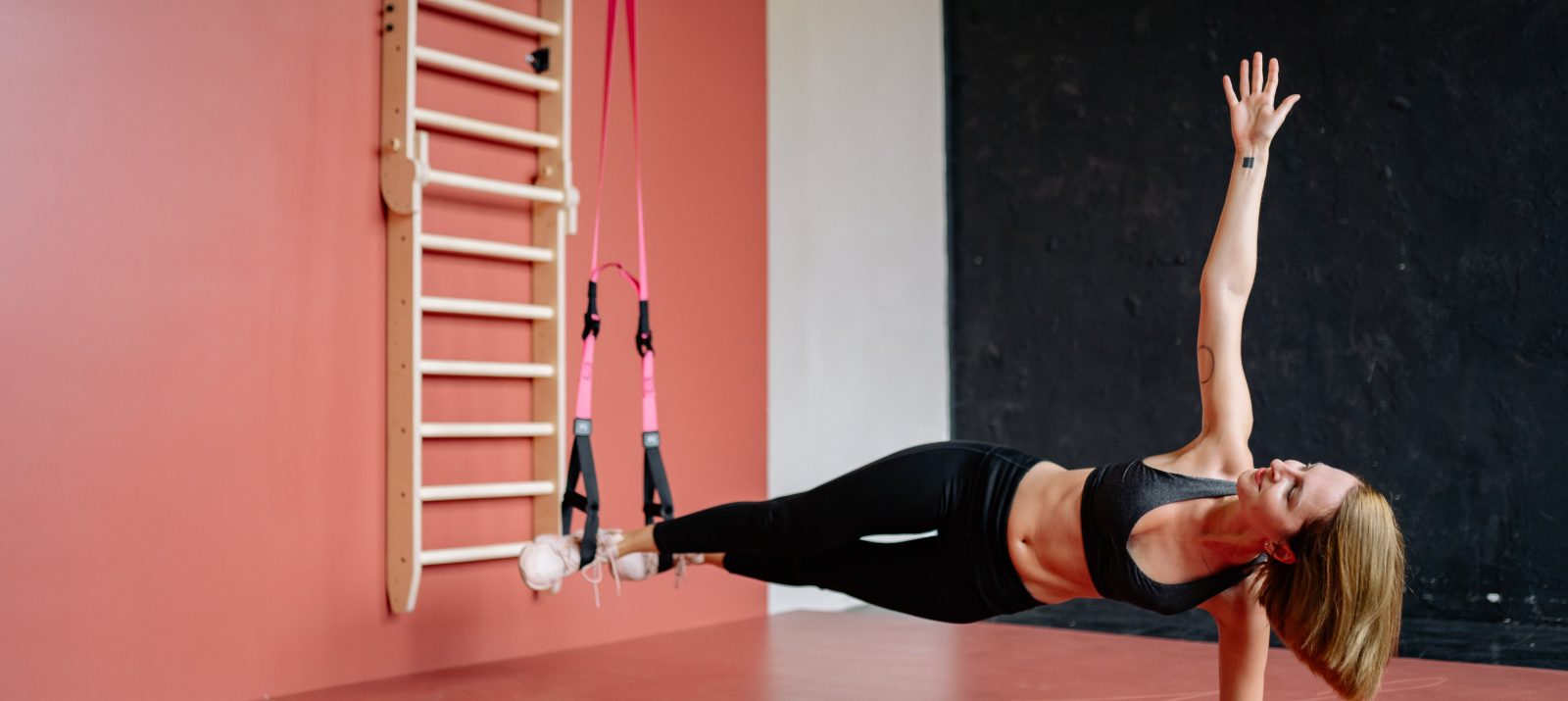
A short training session in the morning to get the day off to a good start, then the perfect breakfast for maximum energy throughout the day before heading off to the gym. Fitness influencers live for sport and are happy to share their training plans and eating habits with their followers. This article is part of our series “Influencers in portrait”.
Sport is healthy, fun and gives us a beautiful, well-toned body. This is the life motto of fitness influencers. Their everyday lives and social media profiles revolve around little other than muscles, fitness and body shapes. They have a lot in store for their fitness-enthusiastic fans: they show their training routines and their favorite activities, explain how to achieve the desired sporting or aesthetic goals and, incidentally, recommend training equipment, clothing or certain food and nutritional supplements. Always included: the message that the perfect training and nutrition plan naturally also leads to a lot of joie de vivre.
One of the best-known German fitness influencers is certainly Sophia Thiel . She has been inviting her followers to watch her train since 2014. In 2019, she briefly withdrew from the public eye because the pressure to perform in the industry led to mental health problems. Since then, she has been committed to “Mental Health & Fitness” and tries to present sport and nutrition in a healthy way and without absurd goals and ideals.
“Super happy to be your online training buddy” announces Pamela Reif on her YouTube -channel. The German athlete has been publishing workout plans since 2013, reaching around 9 million people, to whom she also regularly recommends products from her own beauty brands.
The Austrian Sascha Huber wants to show people his way out of the crisis and inspire them. A total of 1.68 million people regularly watch his training sessions. Both fitness professionals and those who don’t like exercise learn new things from him. He is also very interested in healthy eating.
From Miami posts Chris Heria his fitness tips for the whole world: Almost 5 million followers* watch the young man on his YouTube -channel as he lifts weights, burns fat and counts calories. He also runs a “Fitness Academy” and sells training clothing and equipment.
Fitness influencers have followers in (almost) all age groups. Many very young people also emulate their sporting idols. They get tips on how to integrate exercise into their everyday lives, follow training plans and change their diet.
The goals vary: some want to be fit and be able to keep up with others. Some people value their health and want to take optimum care of their body and keep it active. And some emulate a certain body ideal.
Of course, digital role models come in handy here: not only do they like to show off their seemingly perfect bodies, but they also appear to be successful and completely satisfied overall – making them ideal idols for children and young people.
But even if sport is generally a great hobby, you also need to be careful with fitness influencers. And for several reasons.
As with all influencers, it’s important to remember that athletes earn money with their profiles. The photos are not taken at random, but are elaborately designed. The digital presence is not an insight into everyday life, but rather a showroom on the subject – and there are usually expensive advertising contracts behind product recommendations.
In addition, fitness celebrities in particular often stand for exaggerated body ideals and a level of training that is neither desirable nor healthy in normal everyday life. And finally, not all digital celebrities are really experts in their field – so some tips are better than others.